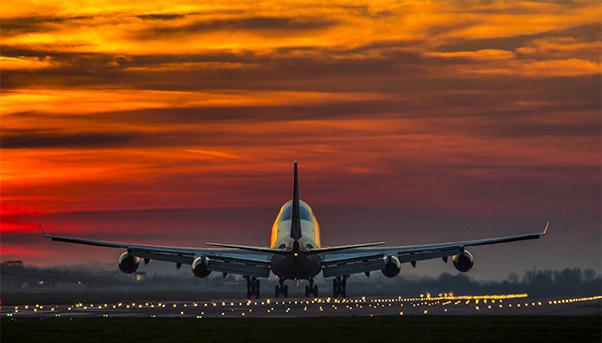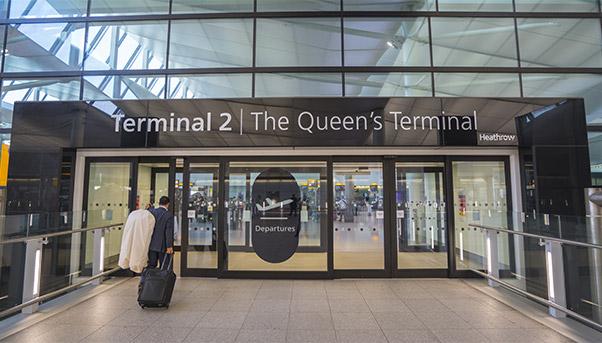
Heathrow, Great Britain’s main airport and Europe’s busiest, is a giant that grows one piece at a time. It extends to the outskirts of London and aims to respond to the transport needs of millions of people. Its latest plan is to build a third runway for £14 billion ($18.5 billion) that would involve work until 2050.
The first deadline is 2026 when construction of the third runway is slated to be complete. But this is only a chapter of a masterplan that envisions new terminals, as well as access roads and trains to improve connections between Heathrow and London.
At the end of this 30-year journey, a world-class project will be delivered to London and all of the United Kingdom, capable of handling 130 million passengers and 740,000 aircraft a year. Heathrow will remain one of the world’s largest and most strategic airports.
Heathrow’s expansion: the evolution of the project
The expansion of Heathrow is a gargantuan endeavour because it involves a series of complex works in and around the airport from 2026 to 2050. The first of these would be the construction of a runway because the airport has already reached its capacity. This calls for diverting the route of the M25, the country’s busiest highway. The expansion has raised protests among many residents of the area, concerned about the increase in noise and pollution. The airport has responded by proposing a sustainable development project and a ban on flights for several hours of the night. It also launched a stakeholder consultation that involves the various communities in the vicinity.
The construction of Heathrow’s third runway should begin in 2022 and end in 2026. Work will also start on expanding Terminals 2 and 5 and building access roads and rail lines.
The Heathrow’s expansion Masterplan will cost more than £14 billion ($18.4 billion), of which £2.9 billion for the runway. Many of the works will also be financed by private investors.
Why expand the Heathrow airport?
Demand for air transport keeps growing, and the world’s major international airports are responding. In recent years — according to Heathrow Airport Holdings, the company that manages Heathrow — London’s main airport has fallen behind. In the last decade, it has already reached 98% of its capacity. As a result, certain airlines are diverting some of their flights to more efficient European airports, such as those in Paris or Frankfurt, leaving the United Kingdom behind in the competition for routes to Asia and the Americas. According to data from the Top 20 Hub Connectivity, in 2019 Heathrow fell from eight to ninth place in terms of best hub connectivity worldwide. It was overtaken by Munich.
Add to this the change in travel flows that could occur after Brexit, and it is clear that the airport’s development has become a priority to guarantee its future competitiveness.

The impact of Heathrow’s expansion
The long and complex project to expand Heathrow will have an important impact not only on London but the national economy as well. According to the Airports Commission, the national commission that carried out the feasibility studies of the project, the expansion will create 180,000 jobs throughout the country, adding £187 billion to the economy.
Heathrow’s expansion brings benefits beyond the work necessary to achieve it. It will have a knock-on effect in terms of international tourism by improving the stop-over experience. This explains why more than 40 regional chambers of commerce across the country have supported the expansion of the airport, adding their voices to the Airports Commission and the government that allocated the funds.
A shared future for London airport
Britons will also have their say about the airport’s future. The company that manages the airport has launched a public consultation called “Airport Expansion Consultation” asking for proposals, suggestions, and ideas about the future of the airport. The consultation last from June 18 to September 13. It concerns the aesthetics of the airport and, more importantly, the strategic and technical features such as the environmental impact of the expansion, the creation of a low emissions area, congestion charges for access to the airport, and the idea of prohibiting flights in the central hours of the night.
With the public’s recommendations added to the Development Consent Order, a document confirming residents’ consent for the expansion, it will be submitted to the Secretary of State for Transport of the United Kingdom in 2020.

